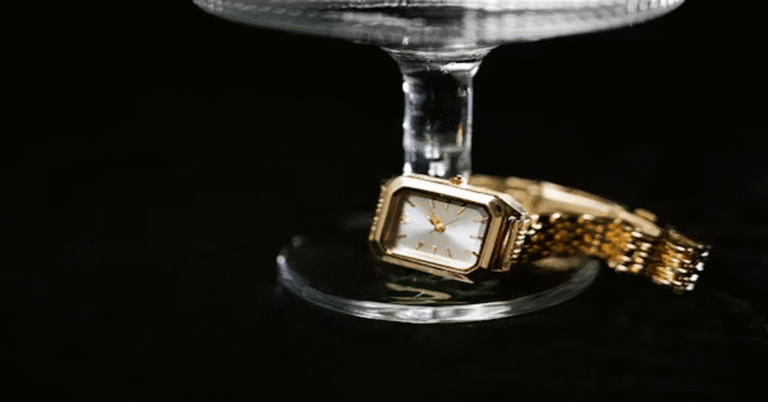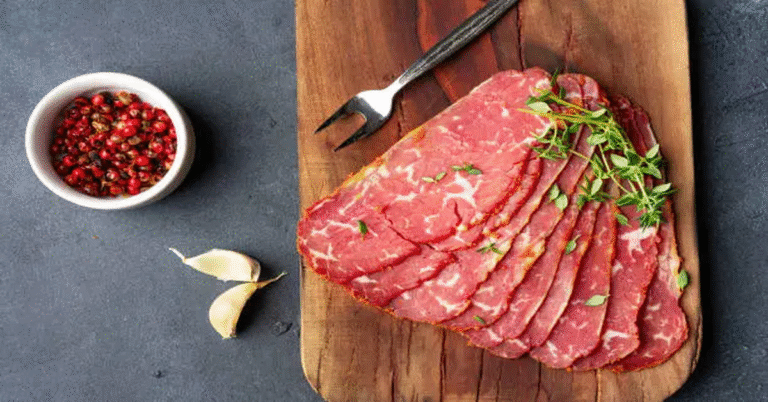
Fashion for men has always reflected a delicate balance between practicality, style, and identity. From the aristocratic suits of the 19th century to the modern-day blend of formal and casual wear, menswear has gone through dramatic transformations. Within this landscape, Chess Menswear represents an intersection of sophistication, craftsmanship, and cultural symbolism. The name itself evokes associations with the strategic game of chess—discipline, calculated moves, and timeless elegance.
This article provides a deep dive into Chess Menswear, examining its evolution, distinguishing characteristics, appeal, and its place within modern style. By breaking down history, fabric quality, tailoring techniques, and fashion psychology, we will uncover why Chess Menswear holds a unique space in the fashion industry.
Origins and Evolution of Menswear
Menswear has always carried deeper meanings than mere clothing. Historically, attire for men symbolized rank, occupation, or cultural identity. In Europe, three-piece suits defined aristocracy. In Asia, tailored robes reflected tradition and honor. The 20th century brought about streamlined suits, casual wear, and eventually contemporary blends of comfort and professionalism.
The Chess Menswear movement draws inspiration from this long history while focusing on precision, sharp tailoring, and structure—just like the game of chess, which requires discipline and strategy.
What is Chess Menswear?
Chess Menswear refers to a style philosophy in men’s fashion rooted in:
- Tailored precision – Every cut, seam, and fabric choice is deliberate.
- Balance of tradition and modernity – Classic suits are reinterpreted with modern details.
- Symbolism of chess – Structured designs reflect order, symmetry, and strategy.
- Quality fabrics – Luxurious wool, cotton, linen, and blends.
It is not merely clothing but an aesthetic language that combines function, elegance, and cultural sophistication.
Core Elements of Chess Menswear
- Structure and Symmetry
Just as chess pieces align on the board, Chess Menswear emphasizes proportion, balance, and harmony. - Neutral and Monochrome Palettes
Black, white, grey, and muted colors dominate, resembling a chessboard. - Minimalist Detailing
Clean lines, sharp tailoring, and subtle accents rather than flashy designs. - Functional Elegance
Outfits that work for both formal settings and semi-casual occasions. - Luxury Materials
Use of high-quality fabrics like Italian wool, fine cotton, silk blends, and cashmere.
Why Chess Menswear Appeals to Modern Men
Professional Confidence
Well-tailored Chess Menswear conveys authority, competence, and reliability.
Cultural Symbolism
Like the game of chess, the fashion reflects intelligence, patience, and composure.
Versatility
Pieces adapt easily from boardroom meetings to evening dinners.
Global Appeal
While rooted in European tailoring traditions, Chess Menswear resonates across Asia, the Middle East, and the Americas.
Table 1: Chess Menswear vs. Casual Menswear
| Feature | Chess Menswear | Casual Menswear |
|---|---|---|
| Structure | Tailored, precise | Relaxed, loose |
| Palette | Monochrome, neutral | Bright, experimental |
| Occasions | Business, formal, semi-formal | Everyday, leisure |
| Fabric | Premium wool, cotton, silk | Basic cotton, polyester blends |
| Symbolism | Authority, elegance, discipline | Comfort, relaxation |
The Role of Fabrics in Chess Menswear
Fabric selection is at the heart of this style.
- Wool Suits: Ideal for year-round wear, offering breathability and luxury.
- Cotton Shirts: Essential for comfort and crispness.
- Silk Accessories: Ties and pocket squares provide refinement.
- Cashmere Overcoats: Represent sophistication in colder climates.
The durability of materials is as important as appearance—Chess Menswear is designed to last.
Styling Chess Menswear
Chess Mens-wear provides an adaptable wardrobe.
Essential Pieces
- Tailored Suit – Black, grey, or navy.
- Crisp White Shirt – A universal classic.
- Slim-Fit Trousers – Balanced proportions.
- Neutral Blazer – Versatile for work or evening.
- Polished Shoes – Oxfords or loafers.
Table 2: Outfit Combinations
| Setting | Outfit Suggestion |
|---|---|
| Corporate Meeting | Navy suit + white shirt + silk tie |
| Evening Dinner | Grey blazer + slim trousers + loafers |
| Casual Friday | White shirt + tailored chinos + leather sneakers |
| Winter Look | Black overcoat + scarf + leather gloves |
Chess Menswear in Modern Fashion Industry
In today’s fashion ecosystem, Chess Mens-wear competes with:
- Streetwear (casual, oversized looks).
- Fast fashion (affordable but less durable).
- Luxury couture (artistic but less practical).
What sets Chess Mens-wear apart is its balance of tradition and function—neither too casual nor too extravagant.
Cultural Impact
Chess Mens-wear represents more than a wardrobe choice; it reflects cultural values of discipline and intelligence. In societies where appearance defines credibility, this style provides men with a strategic fashion identity.
It has become a favorite among:
- Executives
- Politicians
- Academics
- Artists who blend classic and modern styles
Global Expansion of Chess Menswear
Europe
Rooted in London and Milan tailoring traditions.
Middle East
Adapted with local textiles and warm-weather fabrics.
Asia
Blended with minimalist Japanese aesthetics and Korean street-tailoring hybrids.
America
Adopted for business and high-profile events, often mixed with casual elements.
Strengths and Weaknesses of Chess Menswear
Table 3: Pros and Cons
| Strengths | Weaknesses |
|---|---|
| Elegant and professional | Higher cost due to quality fabrics |
| Versatile for many occasions | Requires maintenance (dry cleaning, ironing) |
| Symbolic sophistication | May appear too formal for casual environments |
| Long-lasting investment | Limited experimentation compared to streetwear |
Maintenance of Chess Menswear
Maintaining such garments is as important as buying them.
- Dry Clean Only: Wool and silk require professional cleaning.
- Proper Storage: Use wooden hangers and garment bags.
- Polished Accessories: Shoes and belts should be maintained.
- Seasonal Rotation: Store heavy coats during summer.
This ensures Chess Mens-wear pieces remain timeless and durable.
The Future of Chess Menswear
Looking ahead, Chess Mens-wear is expected to evolve by:
- Sustainable Fabrics – Organic cotton, recycled wool.
- Smart Tailoring – Technology-enabled comfort (stretch fabrics).
- Hybrid Styles – Combining formality with streetwear touches.
- Inclusivity – Broader sizing and customization.
Its future lies in adapting tradition to modern lifestyle demands.
Conclusion
Chess Mens-wear represents more than clothes—it is a philosophy of style. Rooted in history, precision, and cultural symbolism, it balances tradition with modernity, structure with adaptability, and sophistication with function. From executives in boardrooms to artists blending classic aesthetics, Chess Mens-wear provides a wardrobe that reflects strategy, discipline, and timeless elegance—just like the game of chess itself.
For men seeking to build a wardrobe that is both stylish and meaningful, Chess Mens-wear offers an identity rooted in intelligence and taste.
FAQs
1. What defines Chess Menswear?
It is a fashion style emphasizing precision tailoring, symmetry, neutral palettes, and cultural sophistication inspired by chess aesthetics.
2. Is Chess Menswear only formal?
No, it adapts to semi-formal and smart-casual looks, though it leans toward structured and polished styles.
3. Why is it called Chess Menswear?
Because it mirrors the strategy, discipline, and balance of chess—reflected in its symmetry, structure, and elegance.
4. Is Chess Menswear expensive?
Yes, as it often uses premium fabrics, but it’s a long-term investment in quality and durability.
5. Who wears Chess Menswear?
Executives, professionals, academics, and men seeking sophistication and confidence in their appearance.






